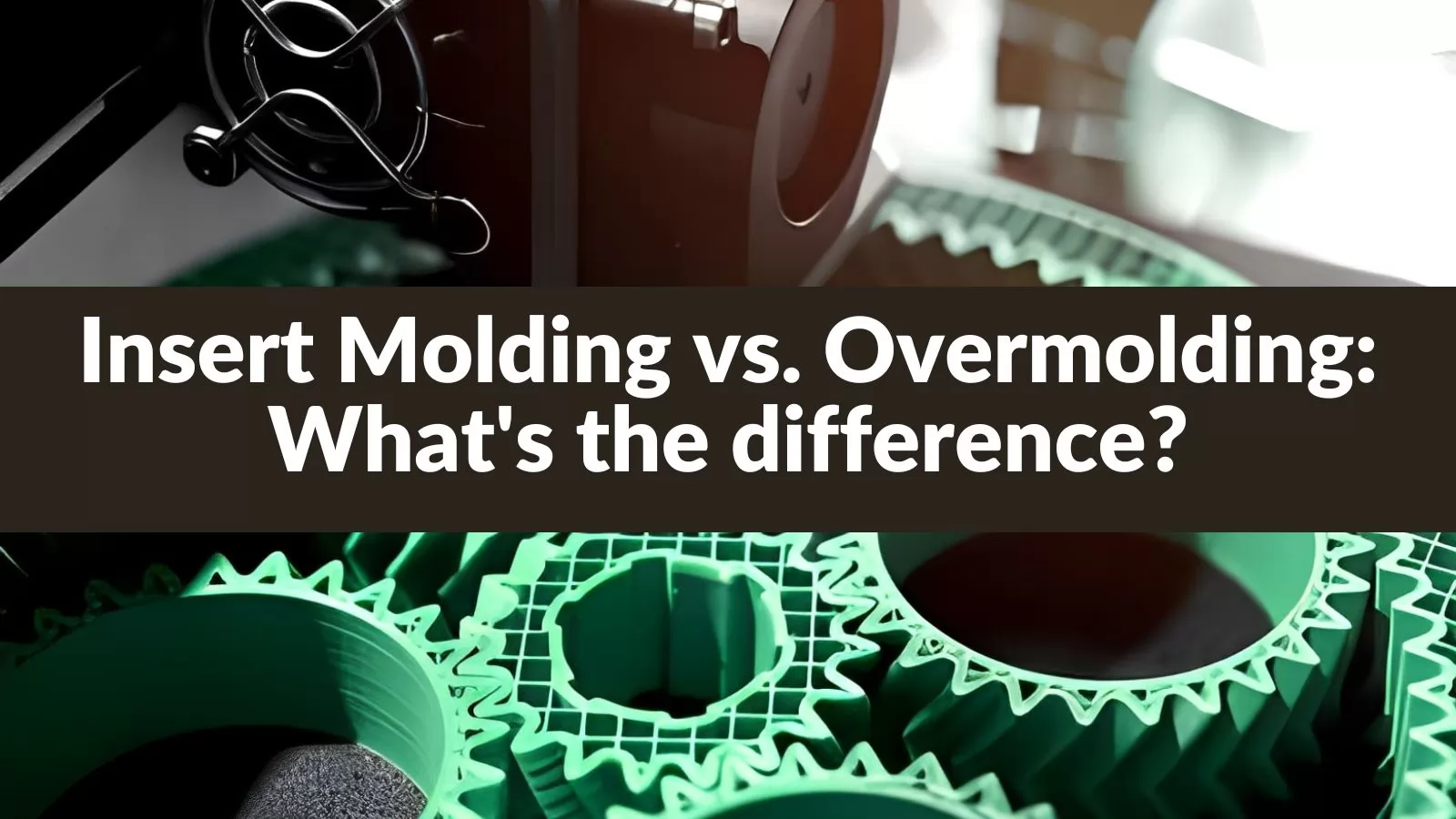
3D printing technology has evolved to support a wide range of materials, each with unique properties and applications. Understanding these materials is crucial for selecting the right one for specific 3D printing projects.
Types of Plastic Materials (Thermoplastics, Thermosetting Plastics)
When categorizing plastic materials for 3D printing, two broad classes exist: thermoplastics and thermosetting plastics. Each class exhibits distinct chemical properties and suitability for various applications in the industry.
| Classification | Type | Heat Response | Reusability | Applications |
|---|---|---|---|---|
| Thermoplastics | ABS, PLA, PETG, Nylon | Reversible; becomes malleable with heat | Can be reheated and reshaped multiple times | Consumer goods, automotive parts, medical devices |
| Thermosetting Plastics | Epoxy resins, Phenolic resins, Polyurethanes | Irreversible; solidifies permanently with heat | Cannot be reworked after initial setting | Aerospace components, electrical insulation |
Thermoplastics
Thermoplastics are a class of plastic materials that become pliable or moldable at a specific elevated temperature and solidify upon cooling. In the realm of 3D printing, thermoplastics are widely utilized due to their ability to be repeatedly softened by heat and hardened by cooling, which meshes well with the additive manufacturing process that is central to 3D printing technologies.
These materials can undergo this heating and cooling cycle many times without significant degradation, making them ideal for use in Fused Deposition Modeling (FDM) 3D printing. Some of the most commonly used thermoplastics in this context include Acrylonitrile Butadiene Styrene (ABS), Polylactic Acid (PLA), Polyethylene Terephthalate Glycol-modified (PETG), and Thermoplastic Polyurethane (TPU). Each of these materials presents distinct properties: ABS is known for being tough and heat-resistant; PLA is popular for its ease of use and environmental friendliness; PETG offers good chemical resistance and durability; while TPU is favored for its flexibility.
Thermoplastics are selected based on characteristics such as their melting point, tensile strength, elasticity, and chemical resistance. These variables make them suitable for different applications ranging from consumer products to automotive parts. Therefore, it’s critical to consider the specific demands of the end-use application when selecting a thermoplastic material for 3D printing projects.
Thermosetting plastics
Thermosetting plastics, unlike their thermoplastic counterparts, are materials that undergo a chemical change when heated, setting into a permanent shape. Once hardened through the curing process, thermosetting plastics cannot be reheated and reshaped. This characteristic makes them ideal for high-temperature applications or when a more rigid and structurally stable material is required.
A prominent feature of thermosetting plastics is their resistance to heat once they are set. This property is due to the cross-linked molecular structure that forms during the curing process—the polymers create strong covalent bonds which prevent the material from melting or deforming under heat stress.
Some common examples of thermosetting plastics used in 3D printing include epoxy resins and phenolic resins. Epoxy resins are well-known for their excellent adhesive properties as well as high strength and chemical resistance. They are often used in demanding applications where durability is crucial.
Phenolic resins, on the other hand, offer good thermal stability and fire resistance. They also exhibit low shrinkage upon cure, which makes them suitable for precision parts. However, due to their brittleness when compared to thermoplastics, applications must be carefully evaluated.
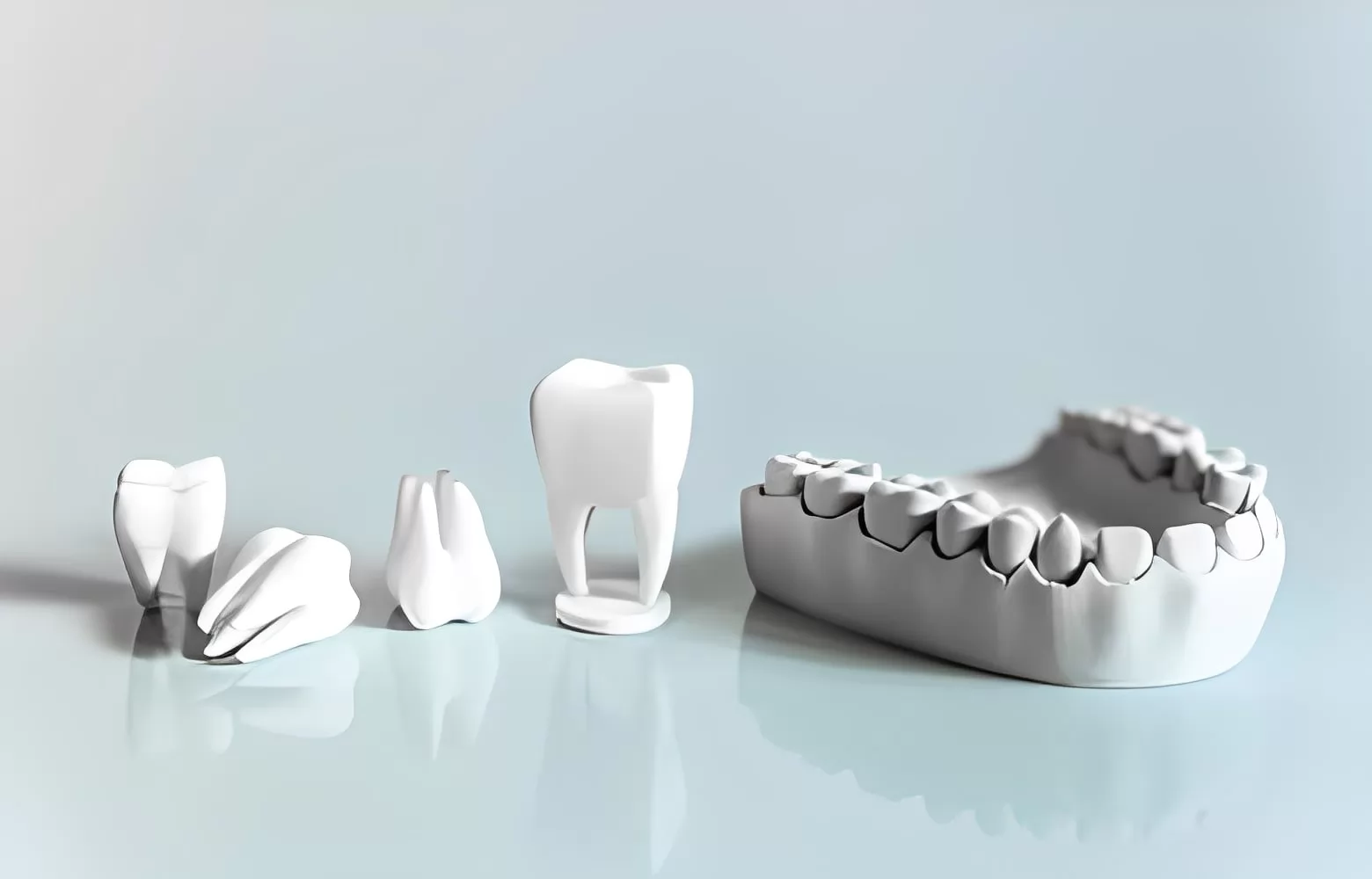
Plastic 3D Printing Processes
Plastic 3D printing processes have revolutionized the way we conceptualize and fabricate objects, offering flexibility in design and material properties. Distinct techniques such as Fused Deposition Modeling (FDM), Stereolithography (SLA), and Selective Laser Sintering (SLS) cater to diverse applications, shaping the future of manufacturing.
| Process | Pros | Cons | Common Materials |
|---|---|---|---|
| FDM | Cost-effective; Easy to use; Wide range of materials | Limited accuracy; Visible layer lines | ABS; PLA; PETG; Specialty composites |
| SLA | High precision; Excellent surface finish; Capability to print intricate details | Generally more expensive; Brittle materials | Standard resin; Tough resin; Flexible resin; Castable resin |
| SLS | No need for supports; Durable parts; Complex geometries possible | Higher costs due to equipment and powder management | Nylon (PA12); Nylon (PA11); TPU-based powders |
FDM 3D Printing
Fused Deposition Modeling (FDM) is a common and widely accessible type of 3D printing technology. It functions by extruding thermoplastic filaments through a heated nozzle, laying down material in successive layers to construct an object from the bottom up. This method is popular for its simplicity, cost-effectiveness, and ease of use, making it ideal for hobbyists and professionals alike.
Thermoplastics utilized in FDM 3D printing come in various grades and types, catering to different mechanical properties and thermal resistances essential for specific applications. The most frequently used thermoplastics include Acrylonitrile Butadiene Styrene (ABS), Polylactic Acid (PLA), Polyethylene Terephthalate Glycol-modified (PETG), and Thermoplastic Polyurethane (TPU). These materials are chosen based on characteristics such as strength, flexibility, and resistance to environmental conditions like heat or chemicals.
When printing with FDM technology, settings such as print speed, temperature, and layer height must be carefully controlled to ensure quality results. Additionally, some materials may require a heated bed or enclosed chamber to minimize warping or improve layer adhesion.
Despite the versatility of FDM 3D printing, it also has limitations. Surface finish is generally not as smooth as what can be achieved with other plastic 3D printing technologies like SLA or SLS. Moreover, FDM parts may have visible layer lines and might require post-processing like sanding or painting to achieve a finished look.
FDM 3D Printing Materials
| Material | Characteristics | Applications |
|---|---|---|
| PLA (Polylactic Acid) | Biodegradable, low warping, easy to print | Prototyping, educational models, consumer products |
| ABS (Acrylonitrile Butadiene Styrene) | Durable, high-temperature resistance, slightly flexible | Functional prototypes, automotive parts, toys |
| PETG (Polyethylene Terephthalate Glycol) | Impact resistant, food safe, good thermal characteristics | Food containers, functional parts, protective components |
| TPU/TPE (Thermoplastic Polyurethane/Thermoplastic Elastomer) | Flexible, shock absorbent, wear-resistant | Phone cases, seals, flexible hinges |
| Nylon | Strong, durable, high impact and wear resistance | Gears, living hinges, high-stress components |
| PC (Polycarbonate) | High strength, heat resistant, transparent options available | Automotive, aerospace, electronics housings |
| PEEK (Polyether Ether Ketone) | High-performance, chemical resistant, high-temperature stability | Medical implants, aerospace, automotive |
| ASA (Acrylonitrile Styrene Acrylate) | UV resistant, durable, good for outdoor use | Outdoor applications, automotive exterior parts |
| HIPS (High Impact Polystyrene) | Soluble in limonene, good for support, impact resistant | Support material for ABS, prototypes, models |
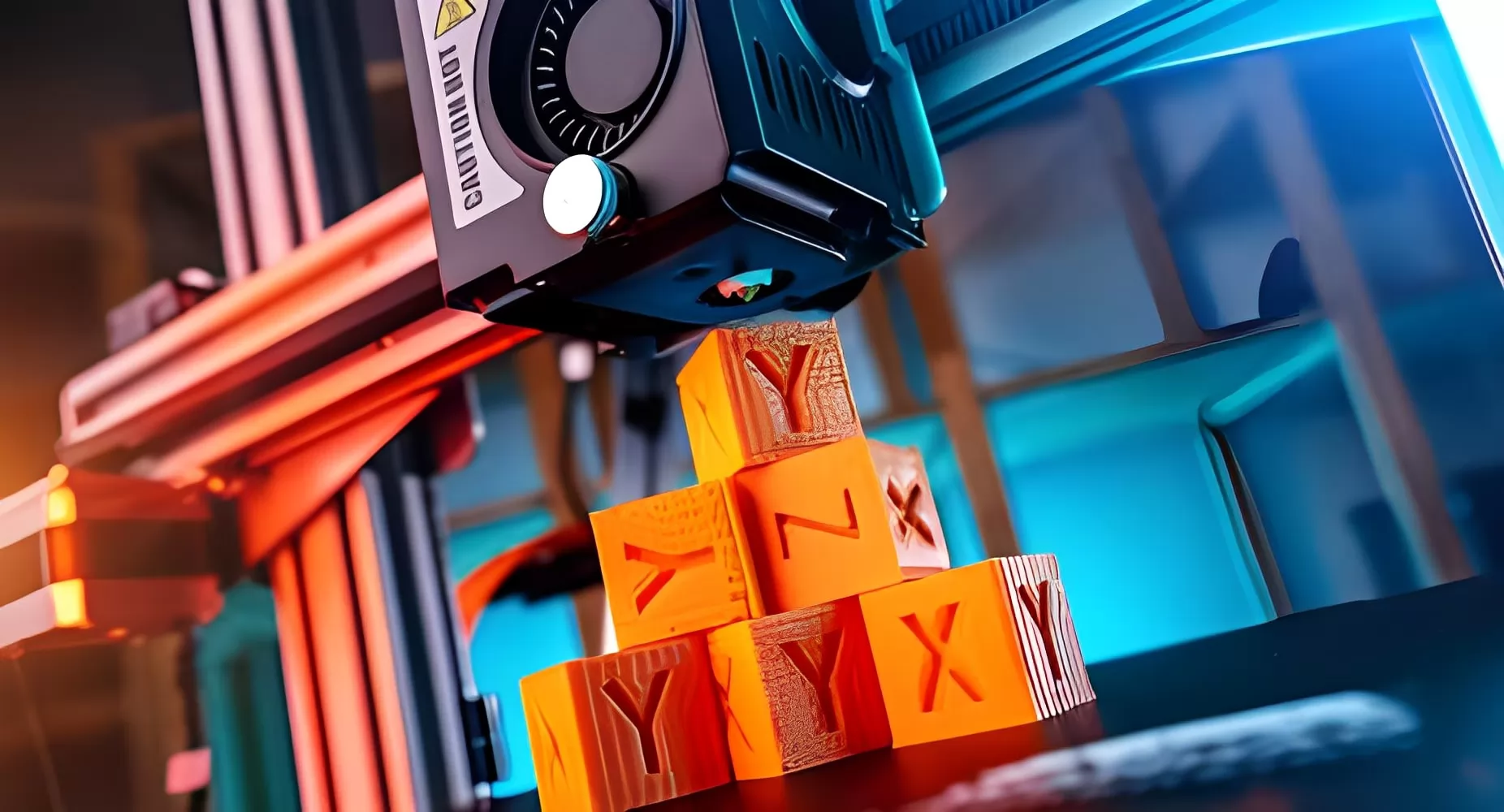
SLA 3D Printing
Stereolithography (SLA) 3D printing is a resin-based additive manufacturing process that utilizes ultraviolet (UV) lasers to cure and solidify photopolymer resins, layer by layer, to form three-dimensional objects. Renowned for its fine details, smooth surface finishes, and precision, SLA 3D printing is particularly suitable for applications requiring intricate geometries and high-quality aesthetics.
The process begins with a build platform submerged in a tank of liquid photopolymer resin. The UV laser is directed by computer-controlled mirrors to trace out and solidify the cross-section of a component according to the 3D model data. Once a layer is complete, the build platform lifts vertically to separate the cured layer from the bottom of the tank, then repositions itself to start curing the next layer. This cycle continues until the part is fully formed. After printing, post-processing steps such as washing in solvent and additional UV curing may be necessary to achieve desired material properties.
SLA printers can work with a wide array of materials offering various mechanical properties, colors, and levels of transparency. The specific material used will dictate not only how well it can depict intricate features but also how it will perform under different conditions.
SLA 3D Printing Materials
| Material | Characteristics | Applications |
|---|---|---|
| Standard Resins | Cost-effective, good detail, rigid | Prototyping, conceptual models |
| Tough Resins | High strength and durability, impact-resistant | Functional parts, snap-fit assemblies |
| Flexible Resins | Bendable and compressible, soft touch | Simulating rubber, handles, wearables |
| Durable Resins | Wear-resistant, simulates polyethylene (PE) | Containers, packaging, low-friction assemblies |
| High-Temp Resins | Heat resistant, stiff, long-term thermal stability | Molds, environmental testing |
| Castable Resins | Burns out cleanly without residue, high detail | Jewelry casting, dental applications |
| Medical-Grade Resins | Biocompatible, sterilizable | Surgical guides, hearing aids |
| Clear Resins | Transparent, polishes to near-optical clarity | Fluidics, lenses, lighting applications |
| Ceramic-Filled Resins | High temperature resistance, stiff, aesthetic finishes | Consumer electronics, fine features |
SLS 3D Printing
Selective Laser Sintering (SLS) 3D printing is a powerful additive manufacturing technique that fuses small particles of polymer powder using a high-powered laser to form solid, three-dimensional objects. This technology enables the creation of complex geometries that are often unachievable with other 3D printing processes.
SLS 3D Printing Materials
| Material | Characteristics | Applications |
|---|---|---|
| Polyamide (Nylon) | Durable, flexible, good impact resistance, can be reinforced with glass beads | Functional parts, prototypes, automotive components |
| Alumide | Mixture of polyamide with aluminum, metallic appearance, good thermal properties | Consumer products, automotive parts, design models |
| Glass-Filled Polyamide | High stiffness, good thermal resistance, greater dimensional stability | High-performance functional parts, tooling |
| Carbon-Filled Polyamide | High strength and stiffness, light-weight, enhanced thermal conductivity | Aerospace components, racing parts, drones |
| Flexible Polyamide | Elastic and flexible, good abrasion resistance | Gaskets, living hinges, wearables |
| Polypropylene-like | Resembles polypropylene in flexibility and strength, good chemical resistance | Snap-fit assemblies, durable packaging |
| TPU (Thermoplastic Polyurethane) | Rubber-like, flexible, durable, good shock absorption | Flexible hoses, seals, sports equipment |
| High-Temperature Resistant Polyamide | Resists high temperatures, chemically resistant | Automotive under-hood parts, electronics |
| PA Aluminum-Filled | Blend of polyamide with aluminum, good stiffness, metallic finish | Functional metal-like prototypes, heat exchangers |
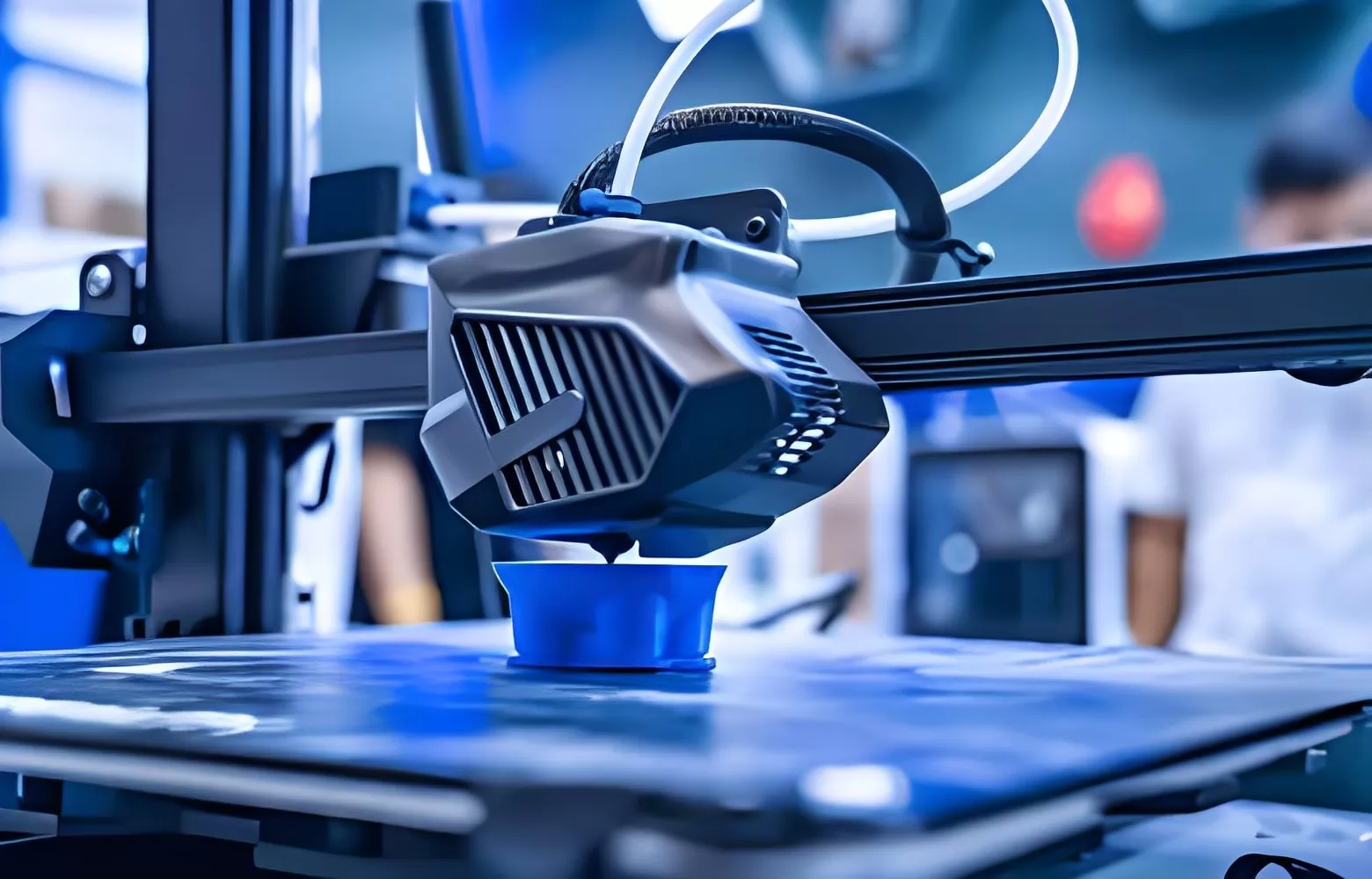
Compare Plastic 3D Printing Materials and Processes
Comparing plastic 3D printing materials and processes is essential to determine the most suitable method for a particular application. Each material and process offers distinct advantages in terms of mechanical properties, surface finish, precision, and cost. Thermoplastics offer versatility and ease of use in processes like FDM (Fused Deposition Modeling), while thermosetting plastics provide enhanced durability in processes such as SLA (Stereolithography) and SLS (Selective Laser Sintering).
In FDM 3D printing, the primary materials used are thermoplastics like PLA (Polylactic Acid), ABS (Acrylonitrile Butadiene Styrene), PETG (Polyethylene Terephthalate Glycol), Nylon, TPU (Thermoplastic Polyurethane), and specialized materials like carbon fiber-infused filaments. These materials vary widely in their tensile strength, flexibility, resistance to temperature and chemicals, with PLA being the easiest to print but less resistant to heat than ABS or Nylon.
SLA 3D printing utilizes photopolymer resins including standard resins, tough resins, flexible resins, castable resins, and water-washable resins among others. The key advantages of SLA are its high resolution and ability to print very fine features. The choice of resin will influence the part’s structural integrity as well as its functionality; for instance, tough resins can simulate the strength of ABS while flexible resins can produce parts with elastomeric properties.
SLS 3D printing typically employs powdered thermoplastics such as PA11 or PA12 (polyamides), along with glass-filled or aluminum-filled versions for improved stiffness and thermal resistance. This process excels at producing strong parts suitable for functional prototypes or end-use components without the need for support structures.
| Process | Material Type | Strengths | Weaknesses |
|---|---|---|---|
| FDM | Thermoplastics | Cost-effective; Wide range of materials | Visible layer lines; Limited detail |
| SLA | Photopolymer Resin | High detail; Fine features | Higher cost; Limited build size |
| SLS | Powdered Thermoplastics | Durable parts; No supports needed | Rougher texture |
Metal 3D Printing
Metal 3D printing is a revolutionary technology that allows the creation of complex, high-performance parts with a level of customization previously unattainable through traditional manufacturing methods. This additive manufacturing process is widely utilized in aerospace, automotive, medical, and tooling industries due to its ability to produce strong and durable components.
Metal 3D printing involves the use of powdered metals that are fused together layer by layer using a laser or electron beam source. The precise nature of this process results in minimal waste, making it an efficient choice for producing metal parts. Due to the high energy required for melting metals, metal 3D printing systems are typically more sophisticated and expensive than those used for plastic 3D printing.
Metal 3D Printing Materials
| Material | Key Properties | Common Applications |
|---|---|---|
| Stainless Steel | Strength, Corrosion Resistance | Tools, Durable Components |
| Aluminum | Lightweight, Strong | Automotive Parts, Aerospace Components |
| Titanium | Biocompatible, High Strength-to-Weight Ratio | Medical Implants,Aerospace Components |
| Nickel Alloys | Heat Resistance, Corrosion Resistance | Jet Engines,Turbine Components |
| Cobalt Chrome | Strength,Wear Resistance | Dental Implants,Osteopathic Surgery Prostheses |
| Precious Metals | Aesthetics,value | Jewelry,Luxury Goods |
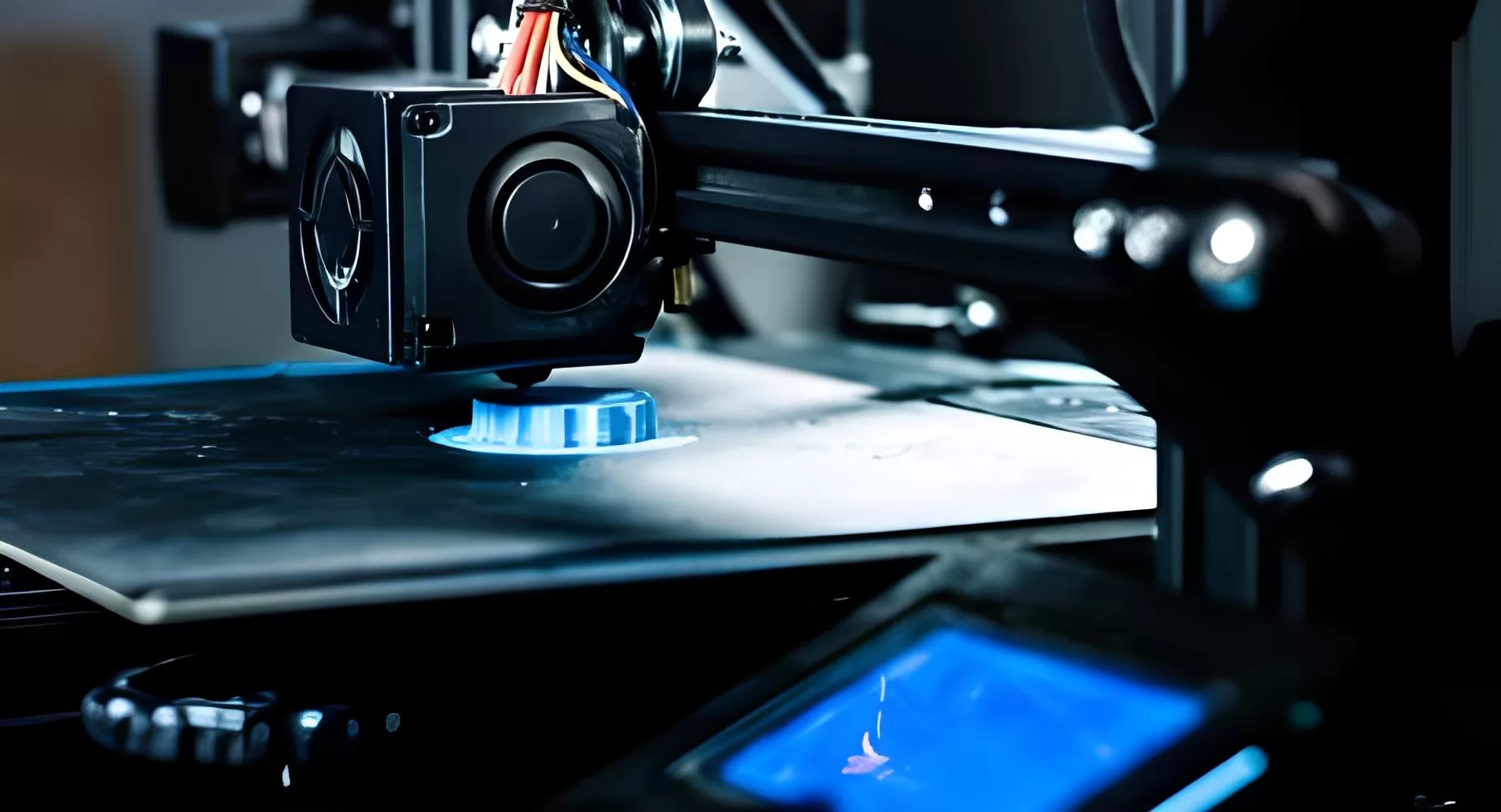
Framework for Choosing the Right Plastic 3D Printing Material
Selecting the appropriate plastic material for 3D printing is critical to achieving desired performance and functionality in printed parts. The framework for choosing the right material entails a systematic approach to ensure that the final product meets all specific requirements.
| Steps | Description |
|---|---|
| Step 1 | Define required performance attributes of the final product |
| Step 2 | Translate these needs into specific material properties |
| Step 3 | Choose a plastic based on properties, process compatibility and costs |
Step 1: Define Performance Requirements
When selecting a material for 3D printing, it’s pivotal to start by comprehensively defining the performance requirements of the final product. This entails considering various aspects such as mechanical strength, thermal resistance, flexibility, and durability required for the application at hand. Whether you’re creating prototypes or end-use parts, these criteria must align with the intended use to ensure that the material selected can withstand the environment in which it will operate.
Performance requirements could range from needing materials that are biocompatible for medical devices to those that need to be UV-resistant for outdoor applications. Also, evaluate if the part will bear loads or impacts, which would necessitate materials with high tensile strength and toughness. For items in contact with chemicals or extreme temperatures, chemical resistance and thermal properties become critical factors. In aesthetic applications like consumer products, aspects such as color stability and finish quality might be more relevant.
| Consideration | Description |
|---|---|
| Mechanical Strength | Capacity to withstand forces without breaking |
| Thermal Resistance | Ability to maintain physical properties at high or low temperatures |
| Flexibility | The degree of bend without breaking or permanent deformation |
| Durability | Longevity under operational stress over time |
| Biocompatibility | Safety for use in medical devices that contact biological systems |
| UV Resistance | Stability when exposed to ultraviolet light |
| Chemical Resistance | Ability not to degrade when in contact with certain substances |
| Aesthetic Qualities | Color stability and surface finish characteristics |
Step 2: Translate Performance Requirements to Material Requirements
In the second step of choosing the right plastic material for 3D printing, you need to translate the performance requirements identified in Step 1 into concrete material attributes. This involves understanding how characteristics such as tensile strength, flexibility, thermal resistance, and durability translate into criteria for selecting a suitable plastic.
Begin by assessing the physical demands of your application—will it endure regular mechanical stress, or is it primarily aesthetic? For instance, a component that requires high strength and rigidity will benefit from plastics with higher tensile strength values. If your part must withstand high temperatures without deforming, look for materials with a higher melting point or temperature resistance.
Chemical resistance can be crucial for parts exposed to solvents or other harsh substances. Evaluate potential interactions between the application environment and the printed part to ensure long-term stability. Should the final product require a degree of transparency or specific coloration, certain additives in the polymers could address these needs without compromising structural integrity.
Surface finish and resolution might be critical for detailed prototypes where aesthetics are as important as functionality; therefore, materials that offer fine details are prioritized. Lastly, consider compliance with regulations (e.g., FDA approval for food contact) if applicable to your project.
Step 3: Make a Selection
To ensure optimal performance, evaluating factors such as tensile strength, flexibility, heat resistance, durability, and aesthetic qualities is crucial. Technical data sheets and material samples can provide insight into how materials will perform under specific conditions. Compatibility with the selected 3D printing process is another significant consideration; each technique has its preferred materials.
The material choice should also consider economic factors like cost per unit volume, availability of the material, and potential need for post-processing steps which might add to expense and time. Furthermore, environmental impact considerations–such as recyclability or biodegradability–are increasingly important for sustainable manufacturing practices.
Ultimately, making an informed selection entails balancing practicality with innovation to achieve desired outcomes efficiently. Select the material that promises reliability while meeting project constraints and goals.
What Are the Most Commonly Used Materials in 3D Printing?
The most commonly used materials in 3D printing are a variety of plastics, metals, and composite materials. Plastics, particularly thermoplastics like ABS (Acrylonitrile Butadiene Styrene) and PLA (Polylactic Acid), dominate the market due to their ease of use and versatility. Metals such as titanium, stainless steel, and aluminum are prevalent in industrial applications that require robust mechanical properties.
| Material Type | Examples | Characteristics |
|---|---|---|
| Thermoplastics | ABS PLA PETG TPU Nylon | Can be reheated & remolded, Diverse properties, Affordable |
| Thermoset Plastics | Epoxy Resins | Cannot be reheated, Strong after curing |
| Metals | Titanium Stainless Steel Aluminum | Durable, Suitable for high-stress applications |
What is the Simplest Material to 3D Print?
Polylactic Acid (PLA) is widely acknowledged as the simplest material for 3D printing. It is well-suited for beginners due to its ease of use and low requirements for printing conditions.
PLA, a biodegradable thermoplastic derived from renewable resources like corn starch or sugarcane, stands out as the most user-friendly material in 3D printing. It prints at lower temperatures than most other thermoplastics, usually in the range of 180°C to 230°C, which means it can be used on printers without heated beds and with minimal warping issues. Additionally, PLA emits a pleasant, somewhat sweet smell during printing, unlike more industrial materials that can produce strong, unpleasant odors.
Another reason for PLA’s simplicity lies in its excellent adhesion to the print bed; often only requiring a simple piece of blue painter’s tape or even no additional adhesives at all. Its minimal shrinkage also contributes to making PLA an easy material to work with, reducing the likelihood of print failure due to warping or cracking.
While PLA offers considerable ease-of-use advantages for novices and casual users alike, it is important to note that its mechanical properties are somewhat limited compared to more advanced materials. For example, PLA isn’t suitable for high-temperature applications or parts requiring significant structural strength. However, when starting in 3D printing or creating models that do not need to withstand rigorous functional testing, PLA remains a top choice due primarily to its accessibility and simplicity.
| Property | Description/Value |
|---|---|
| Material Type | Polylactic Acid (PLA) |
| Derived From | Renewable resources (corn starch, sugarcane) |
| Biodegradability | Biodegradable under certain conditions |
| Printing Temperature | Typically 180°C - 230°C |
| Bed Temperature | Not required / Low |
| Odor During Printing | Pleasant and sweet |
| Adhesion | Excellent; may require blue painter’s tape |
| Shrinkage | Minimal |
| User-Friendliness | High; suitable for beginners |
| Mechanical Properties | Limited; not ideal for high-strength or high-temperature use |
In Conclusion
In summation, the dynamic landscape of 3D printing materials offers a versatile range of options, each with its unique properties and applications to suit different design objectives.
To remain at the forefront of innovation, consider exploring further into the vast array of 3D printing materials available. Connect with experts and access resources that can assist in selecting the optimal material for your specific project requirements, ensuring high-quality results tailored to your needs.


